Should I have my Norway Maple removed?
charmed
18 years ago
Featured Answer
Comments (60)
ahughes798
17 years agochelone
17 years agoRelated Discussions
Root system of Norway maples that have been taken down
Comments (0)This week I had two gigantic Norway maple trees taken down in my back yard because they were infested with carpenter ants and dangerous. The trees were situated on top of a low retaining wall. What can I expect now from the stumps and network of roots as they begin to decay? When I say gigantic, I mean that several of the roots are the size of my torso! Are there things I should or should not do to hasten the decomposition? I would like to be able to grow things there as soon as possible. Thanks....See Moredead leaves never fell of my Japanese maple. Should I remove?
Comments (9)I'm in zone 6 for those who wondered... I'd never had issues with my potted maples before...and this was my first year that I even wrapped the pot with leaves, bubble wrap and burlap for the winter months. Guess that may not have been enough with this prolonged winter.... ;-( Also my plant is on an (elevated) balcony which only exacerbates any cold conditions... There's no last ditch effort I could try...maybe like 'pruning' all the branches just above a 'knob', to see if it stimulates some new growth? I suppose I could also try to scrape the bark a bit and see if I see any green underneath? And if I WERE to see green underneath, but yet still no new buds, then would conclusion could be made then? Tx!!...See MoreShould I remove 100 ft Norway Spruce that's about 15 ft from my house.
Comments (49)The pic added by huggorm is not helpful to this discussion. Nothing remotely like that need be done here-as he himself does explain. Again, do as you please, but the doomers and gloomers here are going way off the tracks IMO. A few judicious pruning cuts would have that up and off your house in no time. Nor would it look ungainly. Now one thing to keep in mind-I have two-and especially one-very large, old arborvitaes-I don't know what cultivar but they look more or less like species except stay greener in winter.....and the seedlings thereof, which I collect regularly, grow unbelievably fast for an arb. In any case, the one in question is at the midway point of the front of my house, right adjacent to our front porch, so in a sense, badly out of scale with the house. These are big plants. But here's the thing: I like the tree more than I like the house and it provides a very nice, cool microclimate in warm weather up on that porch, holds uncountable birds and other critters, etc. So I'm not just thinking design elements here. And all of the attributes I'm listing for this big old arb could also apply to your spruce. I think another fallacy in play here is that one must always, everywhere, raise a tree up equally all the way around. Yes, I would normally do so too, but in certain cases-and this is one of them-an unbalanced approach can get you where you need to be. So in this scenario, more raising up would be done on the house side. Trust me, it can work....See MoreShould I Cut Healthy, Mature Norway Maple?
Comments (4)No question the tree is a problem for you. The next requirement for achievement of satisfaction in this matter may be getting the HOA to approve removal. And after that being able to have a contractor bring a stump grinder onto the site. Because if there are other features in the way (including buried utilities) - or the HOA won't allow grinding for other reasons - then you are going to be left with the stump of a 35 year old example of a large growing maple species in the middle of everything....See Moreahughes798
17 years agojoepyeweed
17 years agonywoodsman
17 years agodanni06
17 years agokwoods
17 years agoloris
17 years agocydonia33
17 years agosunrisedigger
11 years agolearn2turn
11 years agoterrene
11 years agoMystic_Charlie
11 years agoalabamatreehugger 8b SW Alabama
11 years agoMila_P
11 years agobgbtoronto
10 years agonativegarden08033
10 years agosunrisedigger
9 years agoterrene
9 years agowisconsitom
9 years agojorginho
9 years agojoanmhe
8 years agos8us89ds
8 years agolast modified: 8 years agoloris
8 years agoUser
8 years agolast modified: 8 years agosquirrelkeeper
8 years agoWoodsTea 6a MO
8 years agosquirrelkeeper
8 years agoloris
8 years agoUser
8 years agoWoodsTea 6a MO
8 years agowantonamara Z8 CenTex
8 years agosquirrelkeeper
8 years agowisconsitom
8 years agohollyhong2000
8 years agowisconsitom
8 years agohollyhong2000
8 years agowisconsitom
8 years agohollyhong2000
8 years agowisconsitom
8 years agohollyhong2000
8 years agowisconsitom
8 years agoWoodsTea 6a MO
8 years agoUser
8 years agolast modified: 8 years agoUser
8 years agoWoodsTea 6a MO
8 years agoUser
8 years agowantonamara Z8 CenTex
8 years agolast modified: 8 years agoAntonio Cossio
7 years agowisconsitom
7 years ago
Related Stories

GARDENING GUIDES12 Japanese Maples for a Sunny Garden
The right maple in the right place shines in hot summer sun
Full Story
TREES11 Japanese Maples for Breathtaking Color and Form
With such a wide range to choose from, there’s a beautiful Japanese maple to suit almost any setting
Full Story
GARDENING GUIDES13 Japanese Maples for Shade
A surprising variety of these understory trees is waiting to make a statement in your shade garden
Full Story
TREESGreat Design Plant: Coral Bark Japanese Maple, a Winter Standout
Go for garden gusto during the chilly season with the fiery red stems of this unusual Japanese maple
Full Story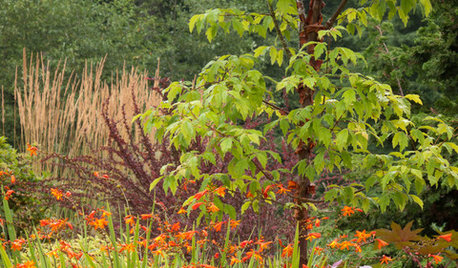
GARDENING GUIDESGreat Design Plant: Paperbark Maple
With fall foliage like a sunset and bark the color of cinnamon, this tree is a highlight of the landscape
Full Story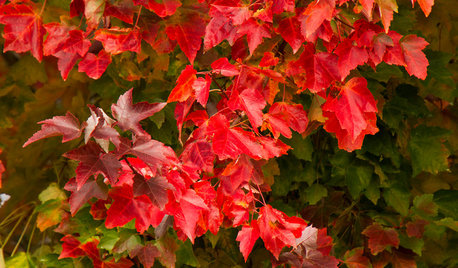
TREESGreat Design Plant: Acer Rubrum Brings Shade and Beauty
Red maple — a fast-growing, low-maintenance Eastern native — has spectacular fall foliage and early-spring flowers that feed pollinators
Full Story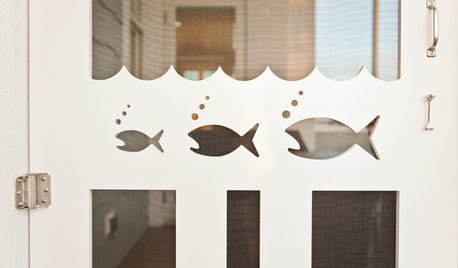
TRIMShutter Cutouts: A Window to One's Soul?
To settle on the perfect shape for this simple detail, follow your heart — or diamond, or maple leaf
Full Story
EXTERIORSHelp! What Color Should I Paint My House Exterior?
Real homeowners get real help in choosing paint palettes. Bonus: 3 tips for everyone on picking exterior colors
Full Story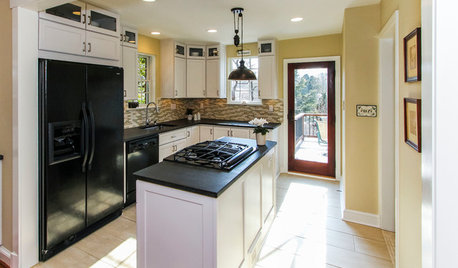
SMALL KITCHENSThe 100-Square-Foot Kitchen: No More Dead Ends
Removing an angled peninsula and creating a slim island provide better traffic flow and a more airy layout
Full Story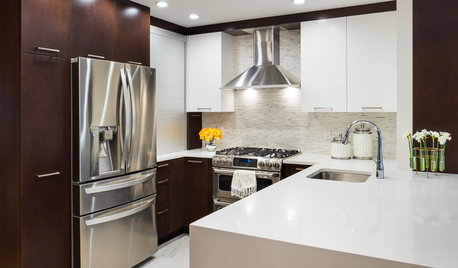
KITCHEN DESIGNThe 100-Square-Foot Kitchen: No More Cramped Conditions
Removing walls and adding high-end materials turn this kitchen into a jewel box within a new open floor plan
Full Story


janet_e